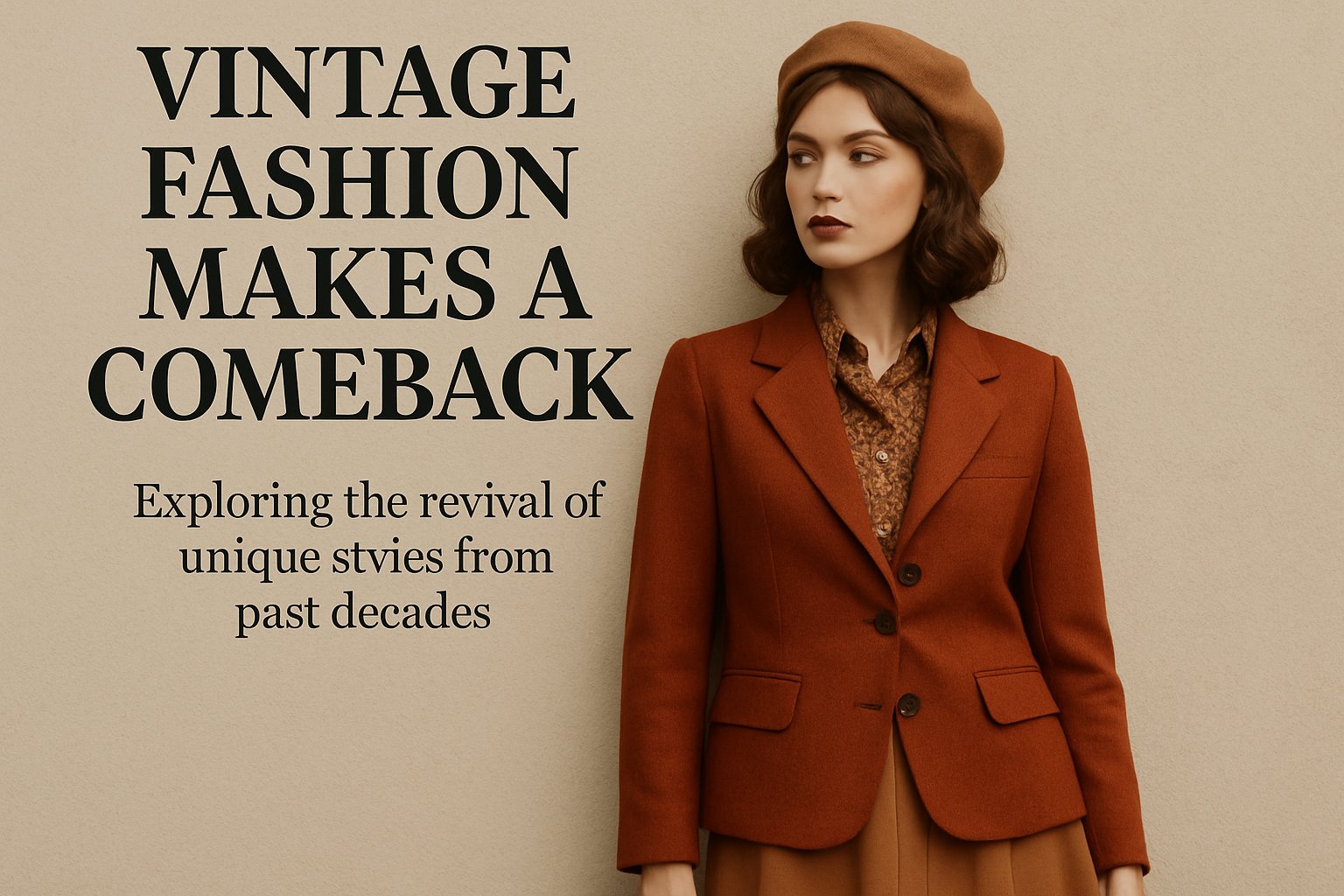Location
Mount Vernon, WA 98274
Location
Mount Vernon, WA 98274

Vintage fashion is making a significant comeback, with consumers increasingly drawn to unique styles from past decades. This article explores the reasons behind this revival and its impact on contemporary fashion trends.
In a world where trends can change at the speed of light, vintage fashion is emerging as a strong, enduring force in the apparel industry. From thrift store finds to high-end vintage boutiques, the revival of past styles is resonating with consumers seeking individuality and sustainability. But what is driving this fascination with styles from yesteryears?
One key factor is the quest for authenticity in a market saturated with mass-produced items. In a time when many consumers are disillusioned with fast fashion, vintage clothing offers a unique narrative. Each piece carries a history, giving wearers a sense of connection to the past and a story to share. This allure of nostalgia is especially potent among younger generations, who often seek to differentiate themselves from the mainstream.
Moreover, social media platforms like Instagram and TikTok have played a pivotal role in popularizing vintage styles. Influencers and fashion enthusiasts showcase their vintage finds, inspiring their followers to explore thrift shops and second-hand markets. As the hashtag #VintageFashion gains traction, it becomes clear that this trend is more than just a fleeting phase; it’s a lifestyle choice that prioritizes sustainability and uniqueness.
The impact of this vintage revival extends beyond personal style. Many fashion brands are now recognizing the value of incorporating vintage elements into their collections. By blending contemporary designs with vintage aesthetics, brands are creating hybrid pieces that appeal to both nostalgic sentiments and modern tastes. This fusion not only attracts a diverse customer base but also challenges the conventional notions of what constitutes ‘fashionable.’
Furthermore, vintage fashion aligns well with growing concerns about environmental sustainability. By choosing second-hand items, consumers contribute to reducing waste and minimizing the demand for new garment production. This conscious choice resonates with a broader movement towards mindful consumption, where the focus is on quality over quantity.
In conclusion, the revival of vintage fashion showcases a fascinating blend of nostalgia, individuality, and sustainability. As consumers continue to seek out unique styles that tell a story, the fashion industry is likely to see this trend evolve and expand. The future may very well belong to those who cherish the past while thoughtfully integrating it into their present.